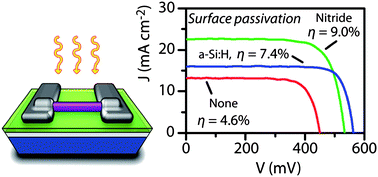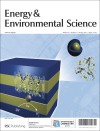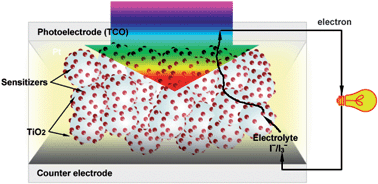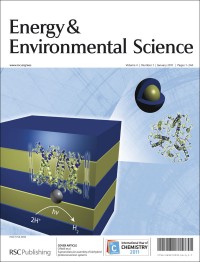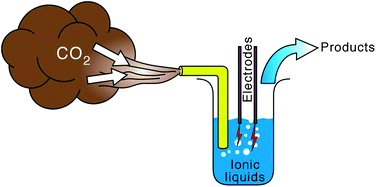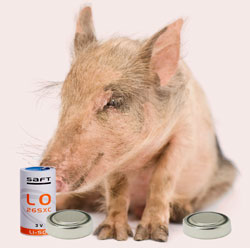 Lithium-sulfur batteries are promising rechargeable batteries because of their high energy storage capacity and low cost, but their use has been hindered by their short life cycle and loss of active sulfur through electrochemical reactions in the battery. Porous carbon materials can help as the sulfur is trapped in the pores, preventing it reacting further, but their preparation involves many synthetic steps.
Lithium-sulfur batteries are promising rechargeable batteries because of their high energy storage capacity and low cost, but their use has been hindered by their short life cycle and loss of active sulfur through electrochemical reactions in the battery. Porous carbon materials can help as the sulfur is trapped in the pores, preventing it reacting further, but their preparation involves many synthetic steps.
Now, Yaqin Huang and his team from the Beijing University of Chemical Technology have discovered a porous carbon source in pig bone.
“The development of rechargeable batteries that can be coupled to renewable sources is becoming more important for clean and efficient energy storage,” explains Huang.
Leela Mohana Reddy, an expert in lithium ion batteries and supercapacitors at Rice University, Texas, US, comments that, “pig bone based porous carbon has great potential in the development of novel cathode materials for building the next generation of energy storage devices.”
Read more of the Chemistry World article…
Read the Energy & Environmental Science article today:
Pig bone derived hierarchical porous carbon and its enhanced cycling performance of lithium–sulfur batteries
Shaochen Wei, Hao Zhang, Yaqin Huang, Weikun Wang, Yuzhen Xia and Zhongbao Yu
Energy Environ. Sci., 2011, DOI: 10.1039/c0ee00505c












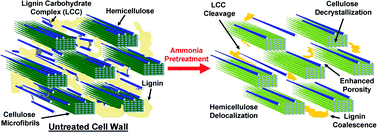 ‘
‘